The industry body representing Japanese whisky has announced plans to register the spirit for geographical indication (GI) and reinforce labelling standards for the category to combat consumer "confusion".
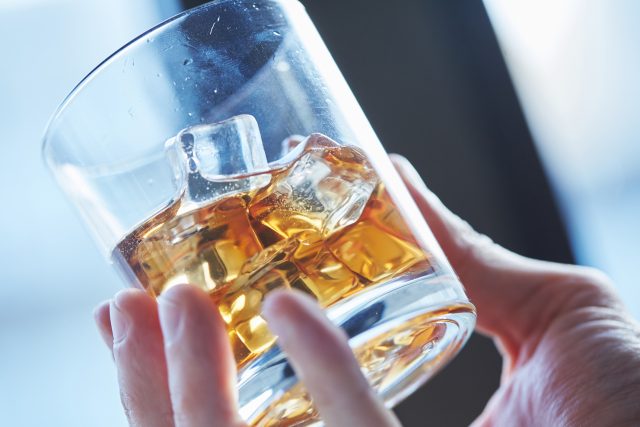
The Japan Spirits & Liqueurs Makers Association (JSLMA) has revealed its intention to apply for GI status for Japanese whisky.
At the same time, the organisation has launched a new logo for Japanese whisky to reinforce labelling standards for the category.
Both new measures have been announced as part of the JSLMA's ongoing effort to differentiate authentic, made-in-Japan whisky from liquid which is imported in bulk from Canada or Scotland and labelled as Japanese.
The association first announced
plans to tackle the issue in 2021, when it declared a new set of rules similar to those of Scotch whisky, such that Japanese whisky would have to be 100% distilled, aged and bottled in Japan.
These rules came into force in April 2024, with big names in Japanese whisky,
Suntory among them, backing the new rules.
However, the labelling standards were not legally binding and only members of the JSLMA had to comply with the regulations, meaning players outside of the association's remit are still free to do as they please.
Thus the JSLMA is now going one step further, attempting to register Japanese whisky for GI status in a bid to further legitimise the category.
The organisation said it would consult with the Japan National Tax Agency on the establishment of ‘Labelling Standards for the Manufacturing Process and Quality of Japanese Whisky’, both under the Liquor Industry Association Act.
Daisuke Tsukahara, chairman of JSLMA, noted that the guidelines were established to “protect the reputation” of the category and “address consumer confusion”.
However, he said: “Despite these efforts, we unfortunately find many products still misleadingly labelled as ‘Japanese whisky’.”
Tsukahara is hoping to “strengthen” the current standards through the GI application.
Japanese whiskies produced by JSLMA members will also don the new logo. The JSLMA has submitted a trademark for the logo to the Japan Patent Office, with plans to file similar applications in international markets.

 The Japan Spirits & Liqueurs Makers Association (JSLMA) has revealed its intention to apply for GI status for Japanese whisky.
At the same time, the organisation has launched a new logo for Japanese whisky to reinforce labelling standards for the category.
Both new measures have been announced as part of the JSLMA's ongoing effort to differentiate authentic, made-in-Japan whisky from liquid which is imported in bulk from Canada or Scotland and labelled as Japanese.
The association first announced plans to tackle the issue in 2021, when it declared a new set of rules similar to those of Scotch whisky, such that Japanese whisky would have to be 100% distilled, aged and bottled in Japan.
These rules came into force in April 2024, with big names in Japanese whisky, Suntory among them, backing the new rules.
However, the labelling standards were not legally binding and only members of the JSLMA had to comply with the regulations, meaning players outside of the association's remit are still free to do as they please.
Thus the JSLMA is now going one step further, attempting to register Japanese whisky for GI status in a bid to further legitimise the category.
The organisation said it would consult with the Japan National Tax Agency on the establishment of ‘Labelling Standards for the Manufacturing Process and Quality of Japanese Whisky’, both under the Liquor Industry Association Act.
Daisuke Tsukahara, chairman of JSLMA, noted that the guidelines were established to “protect the reputation” of the category and “address consumer confusion”.
However, he said: “Despite these efforts, we unfortunately find many products still misleadingly labelled as ‘Japanese whisky’.”
Tsukahara is hoping to “strengthen” the current standards through the GI application.
Japanese whiskies produced by JSLMA members will also don the new logo. The JSLMA has submitted a trademark for the logo to the Japan Patent Office, with plans to file similar applications in international markets.
The Japan Spirits & Liqueurs Makers Association (JSLMA) has revealed its intention to apply for GI status for Japanese whisky.
At the same time, the organisation has launched a new logo for Japanese whisky to reinforce labelling standards for the category.
Both new measures have been announced as part of the JSLMA's ongoing effort to differentiate authentic, made-in-Japan whisky from liquid which is imported in bulk from Canada or Scotland and labelled as Japanese.
The association first announced plans to tackle the issue in 2021, when it declared a new set of rules similar to those of Scotch whisky, such that Japanese whisky would have to be 100% distilled, aged and bottled in Japan.
These rules came into force in April 2024, with big names in Japanese whisky, Suntory among them, backing the new rules.
However, the labelling standards were not legally binding and only members of the JSLMA had to comply with the regulations, meaning players outside of the association's remit are still free to do as they please.
Thus the JSLMA is now going one step further, attempting to register Japanese whisky for GI status in a bid to further legitimise the category.
The organisation said it would consult with the Japan National Tax Agency on the establishment of ‘Labelling Standards for the Manufacturing Process and Quality of Japanese Whisky’, both under the Liquor Industry Association Act.
Daisuke Tsukahara, chairman of JSLMA, noted that the guidelines were established to “protect the reputation” of the category and “address consumer confusion”.
However, he said: “Despite these efforts, we unfortunately find many products still misleadingly labelled as ‘Japanese whisky’.”
Tsukahara is hoping to “strengthen” the current standards through the GI application.
Japanese whiskies produced by JSLMA members will also don the new logo. The JSLMA has submitted a trademark for the logo to the Japan Patent Office, with plans to file similar applications in international markets. 












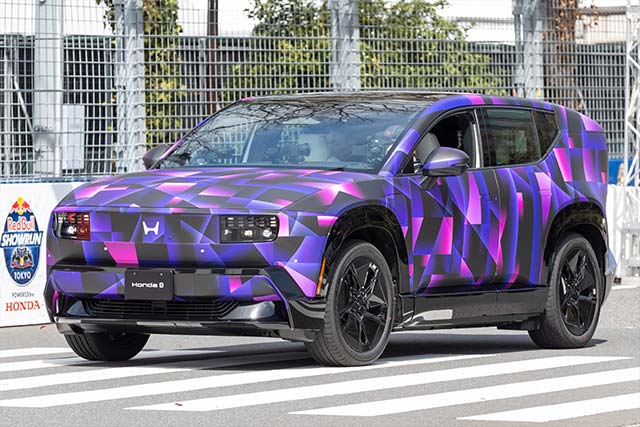




















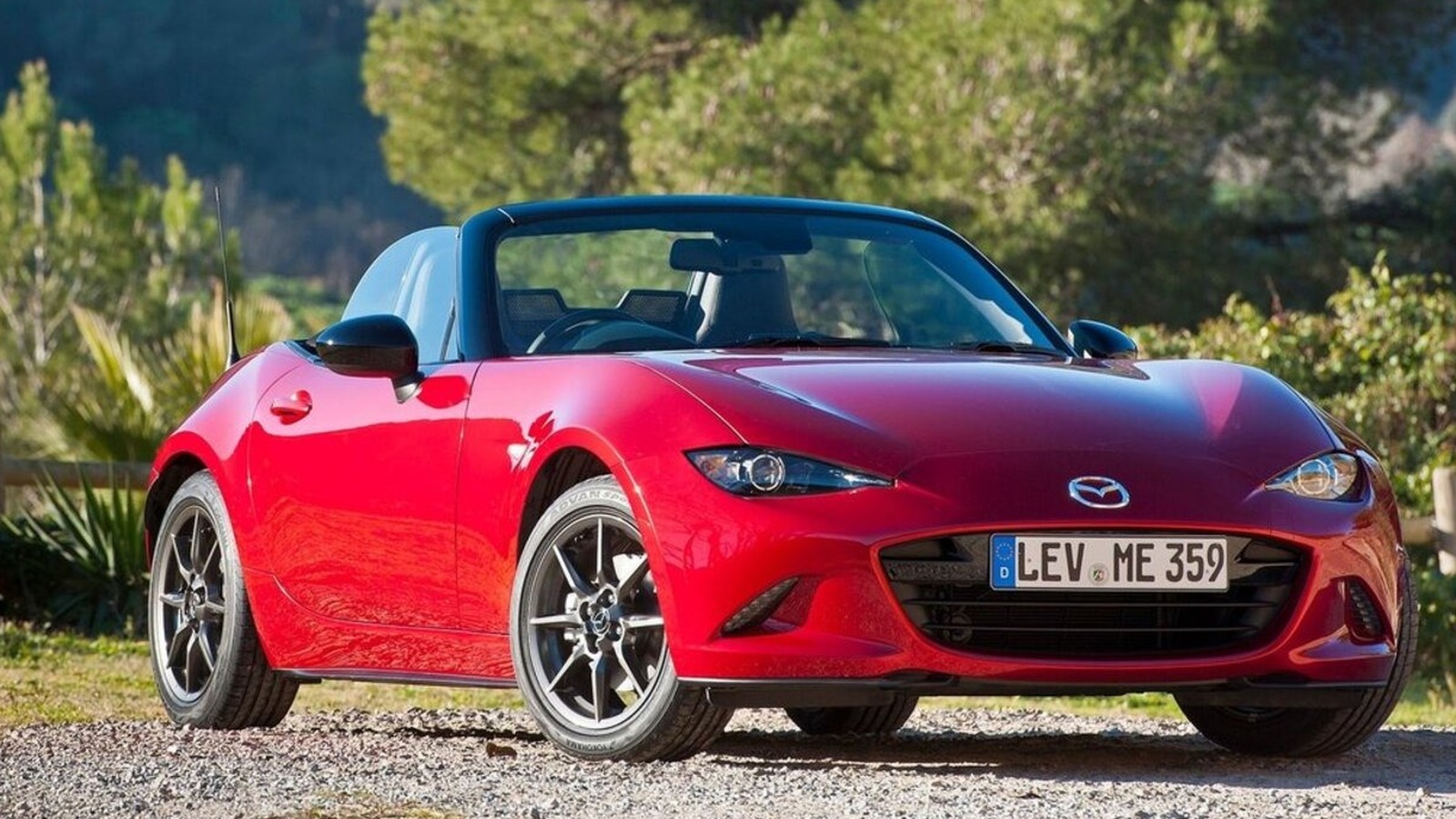








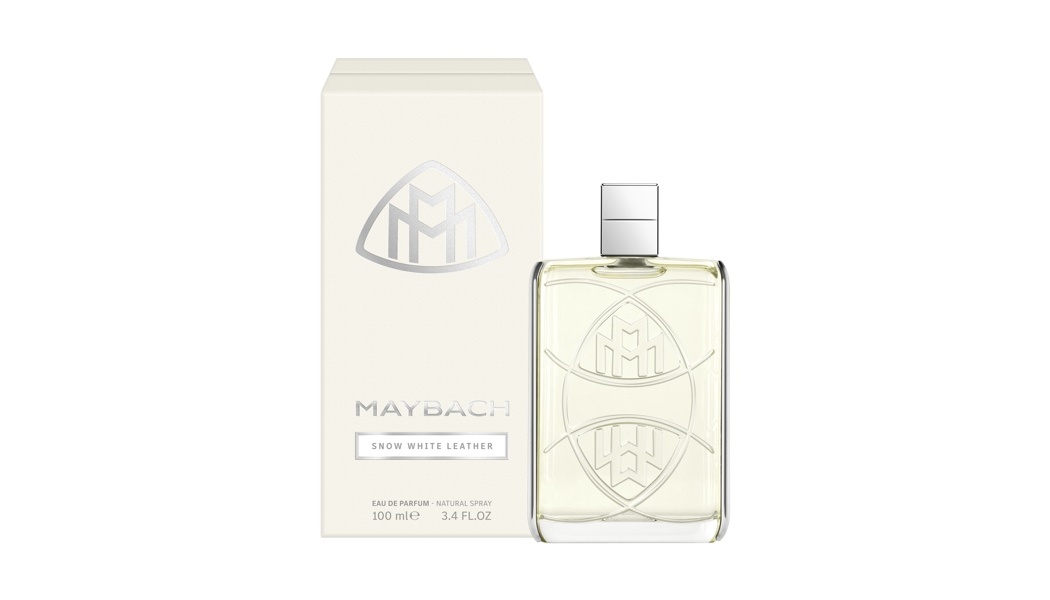
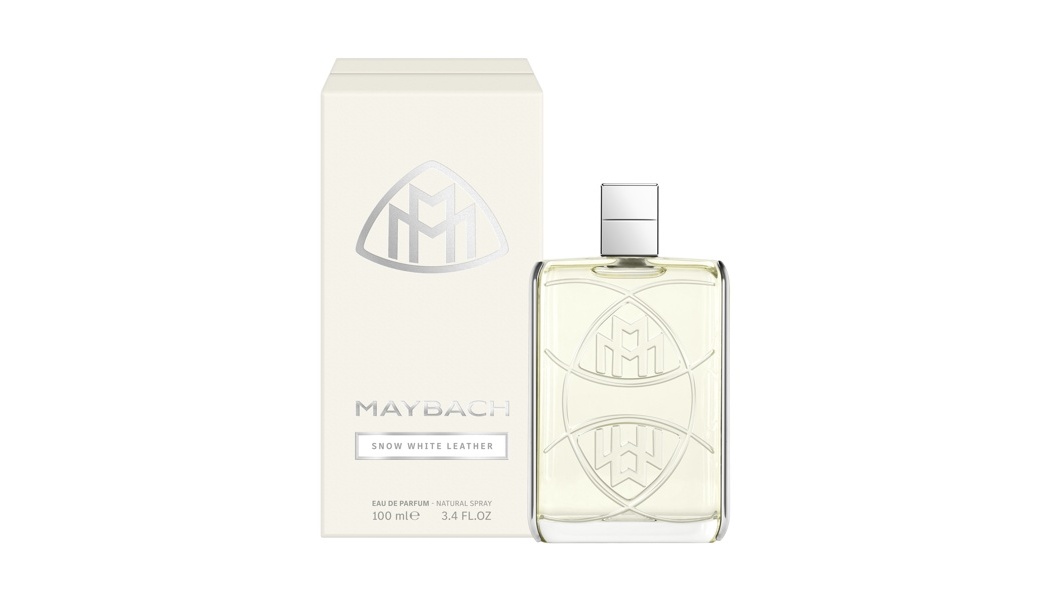






























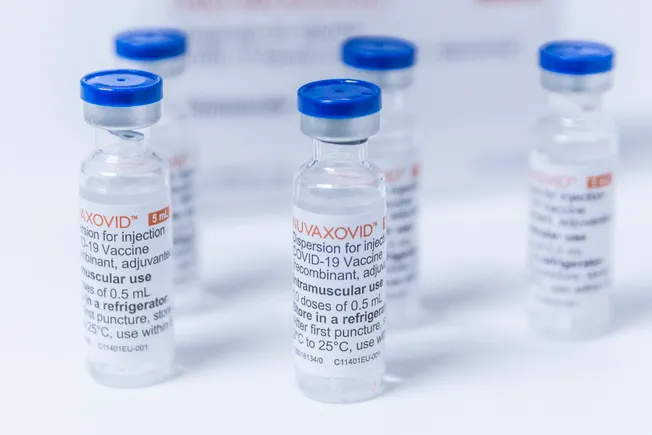

















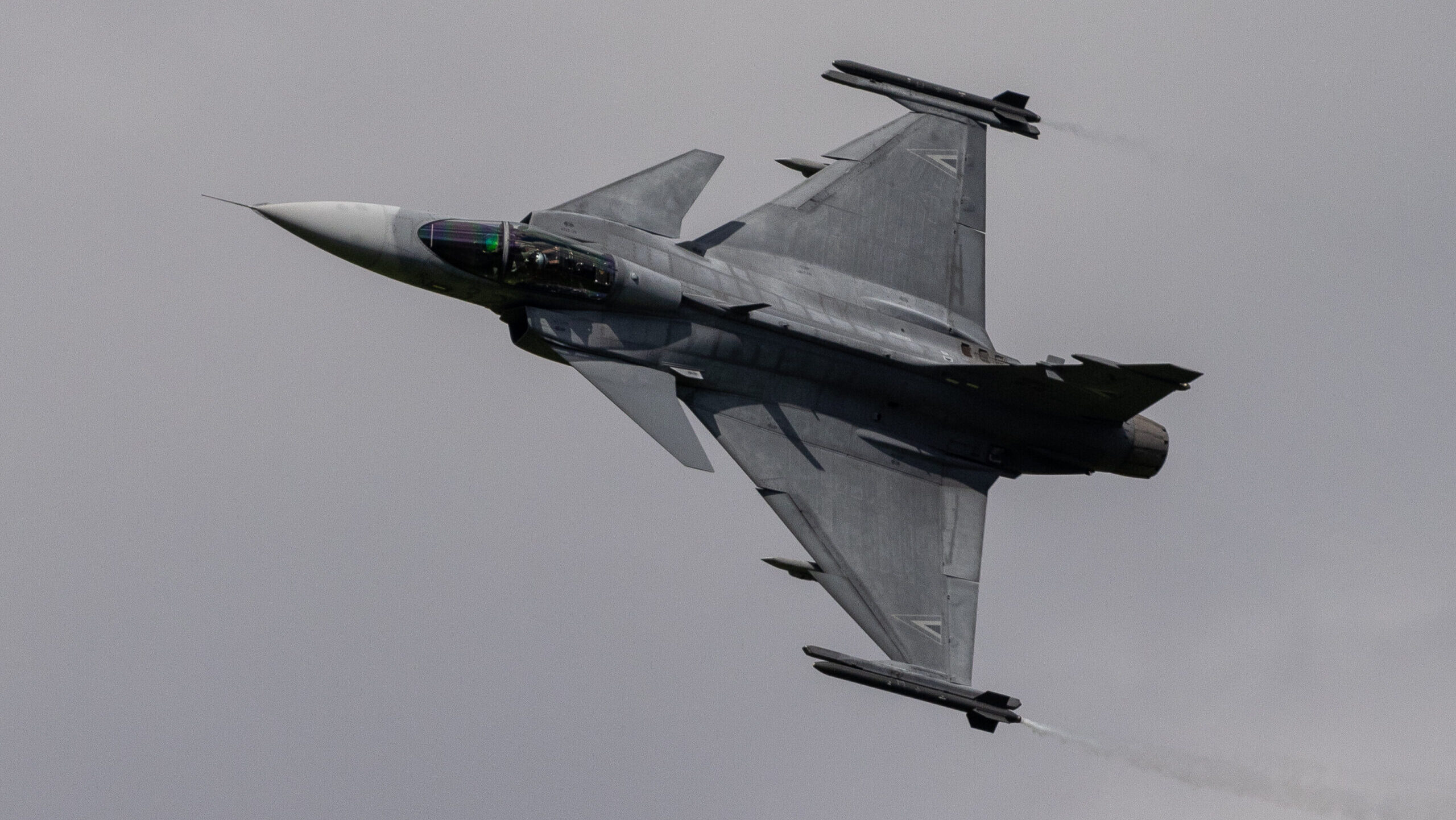























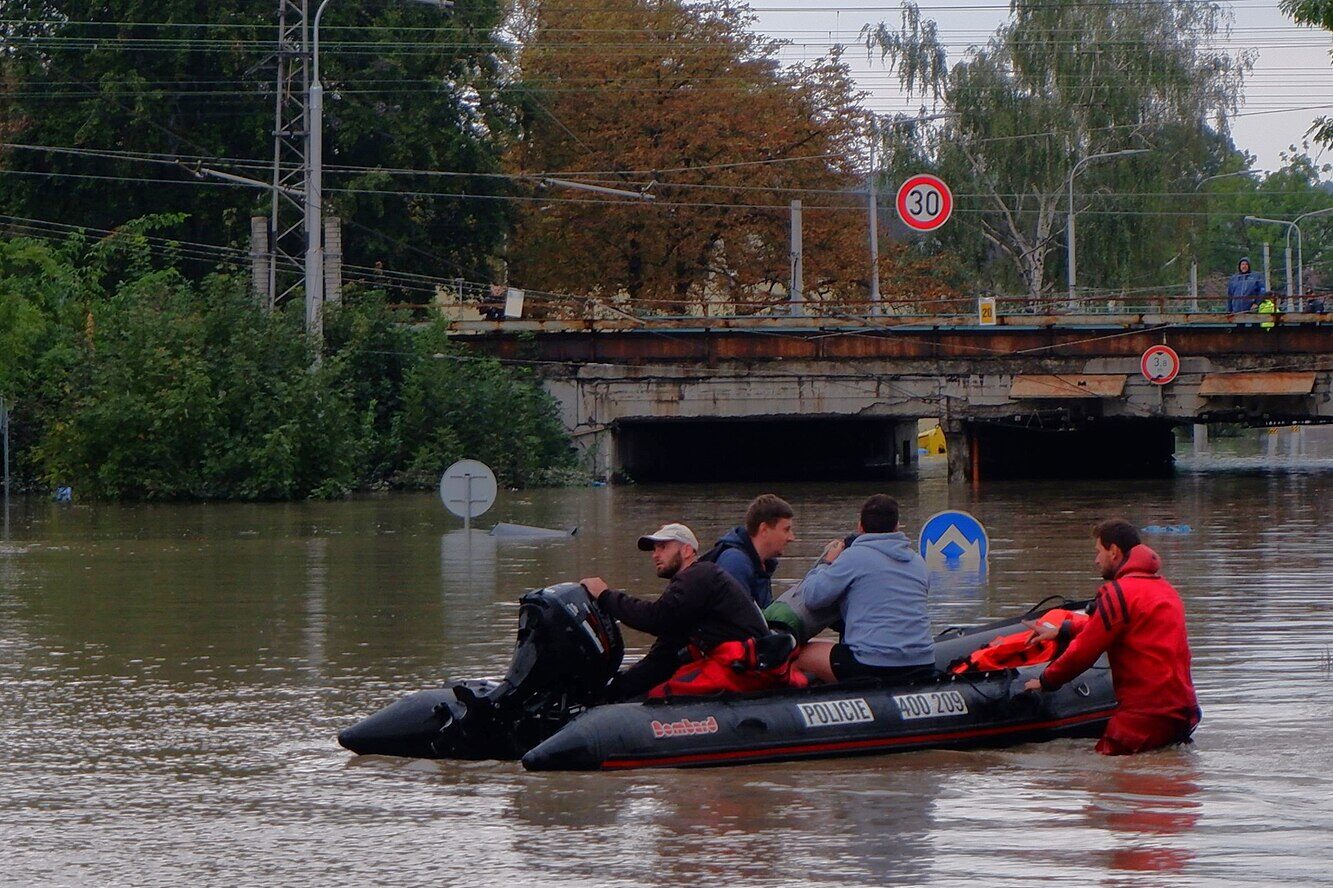






































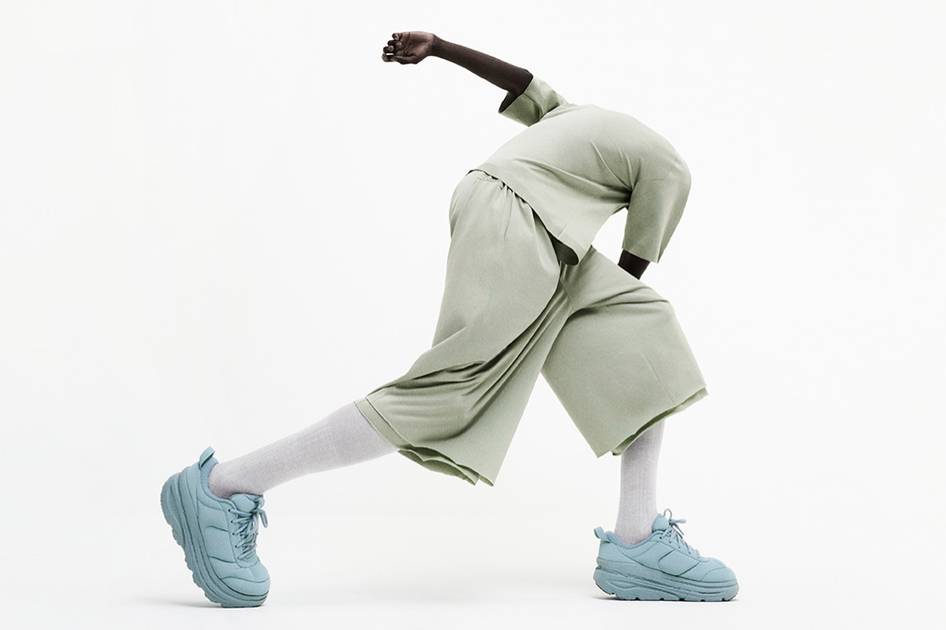
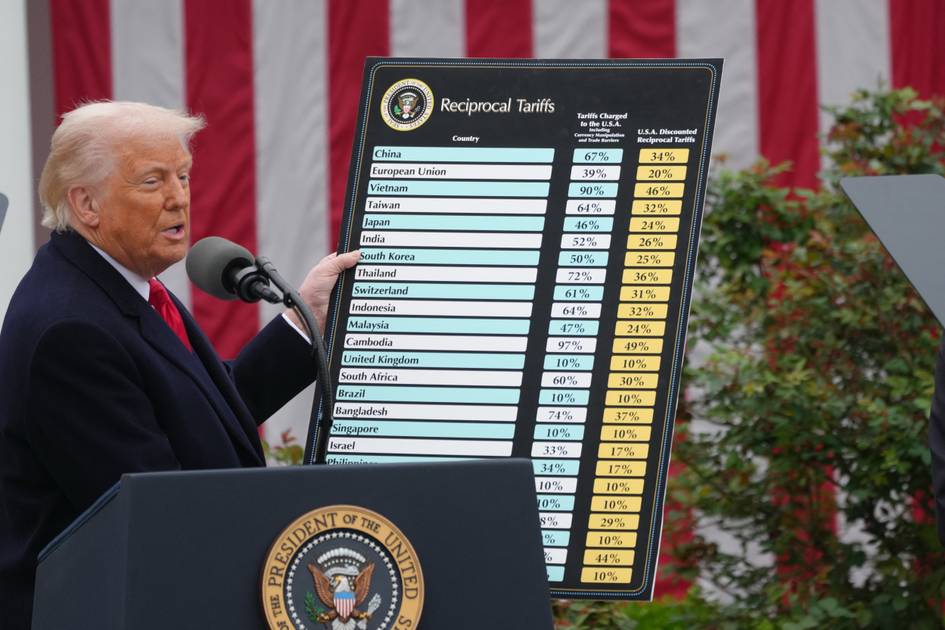

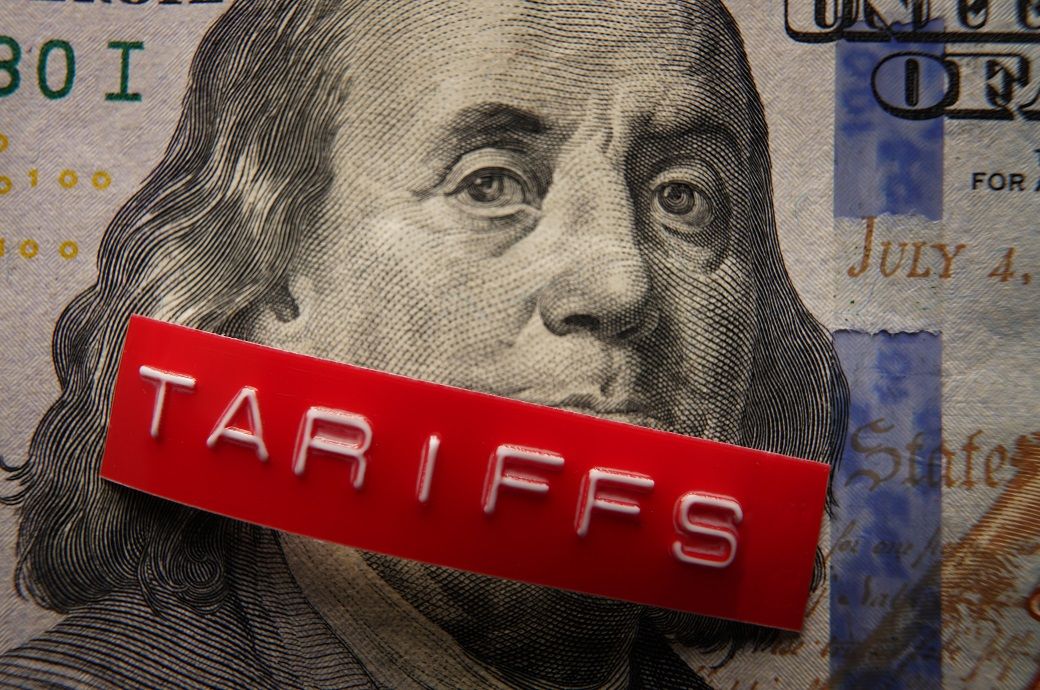
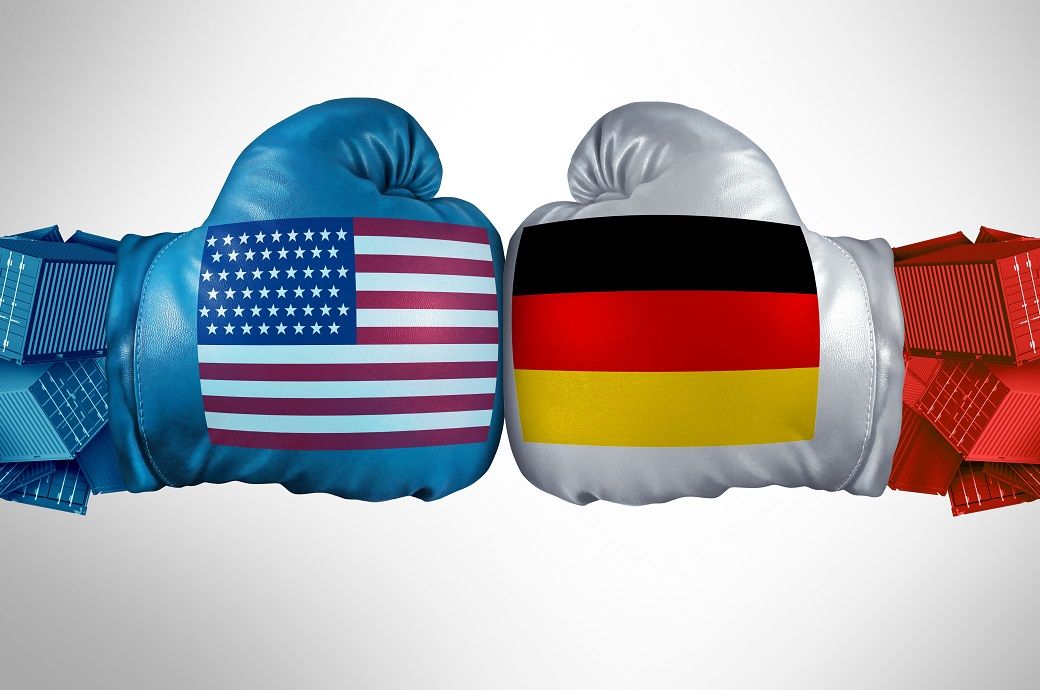
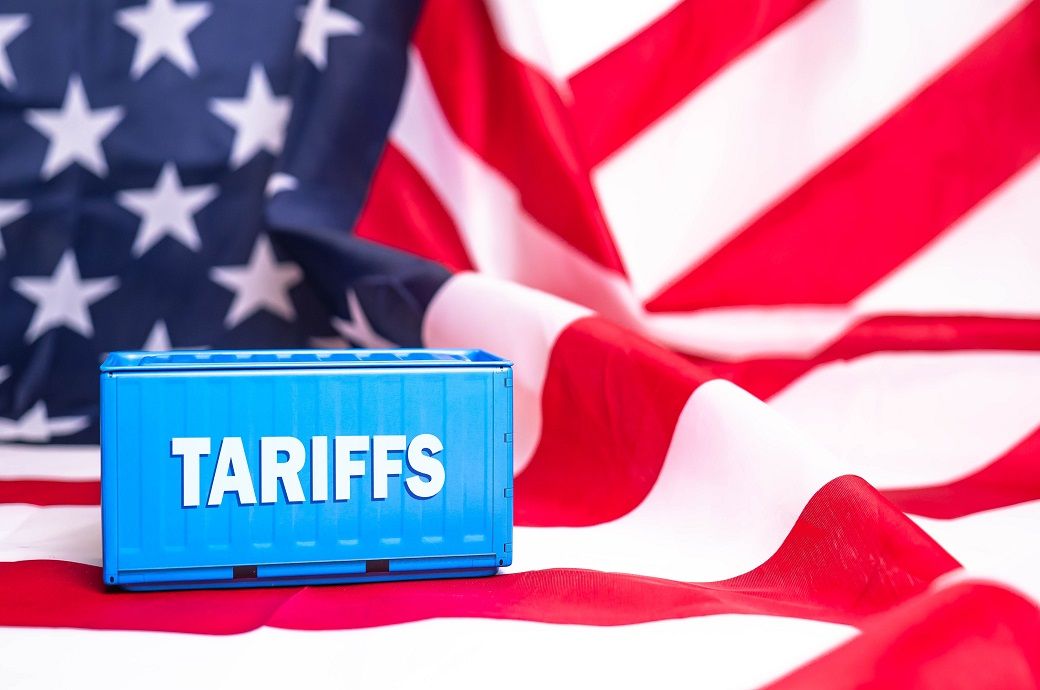
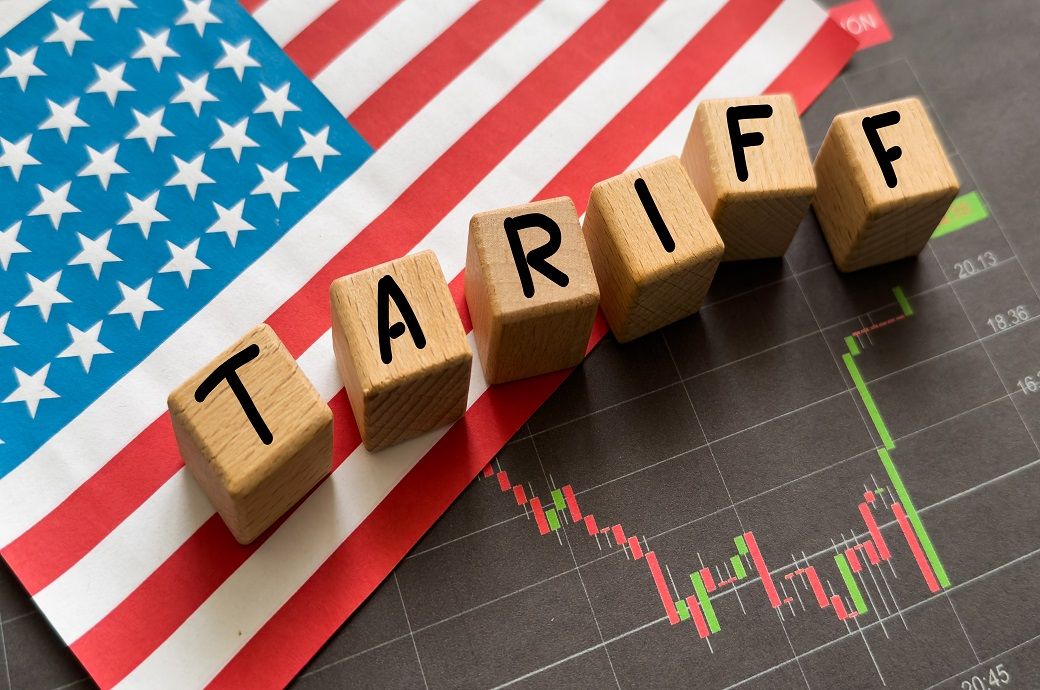






.jpg)









